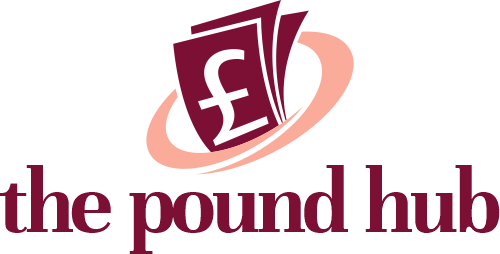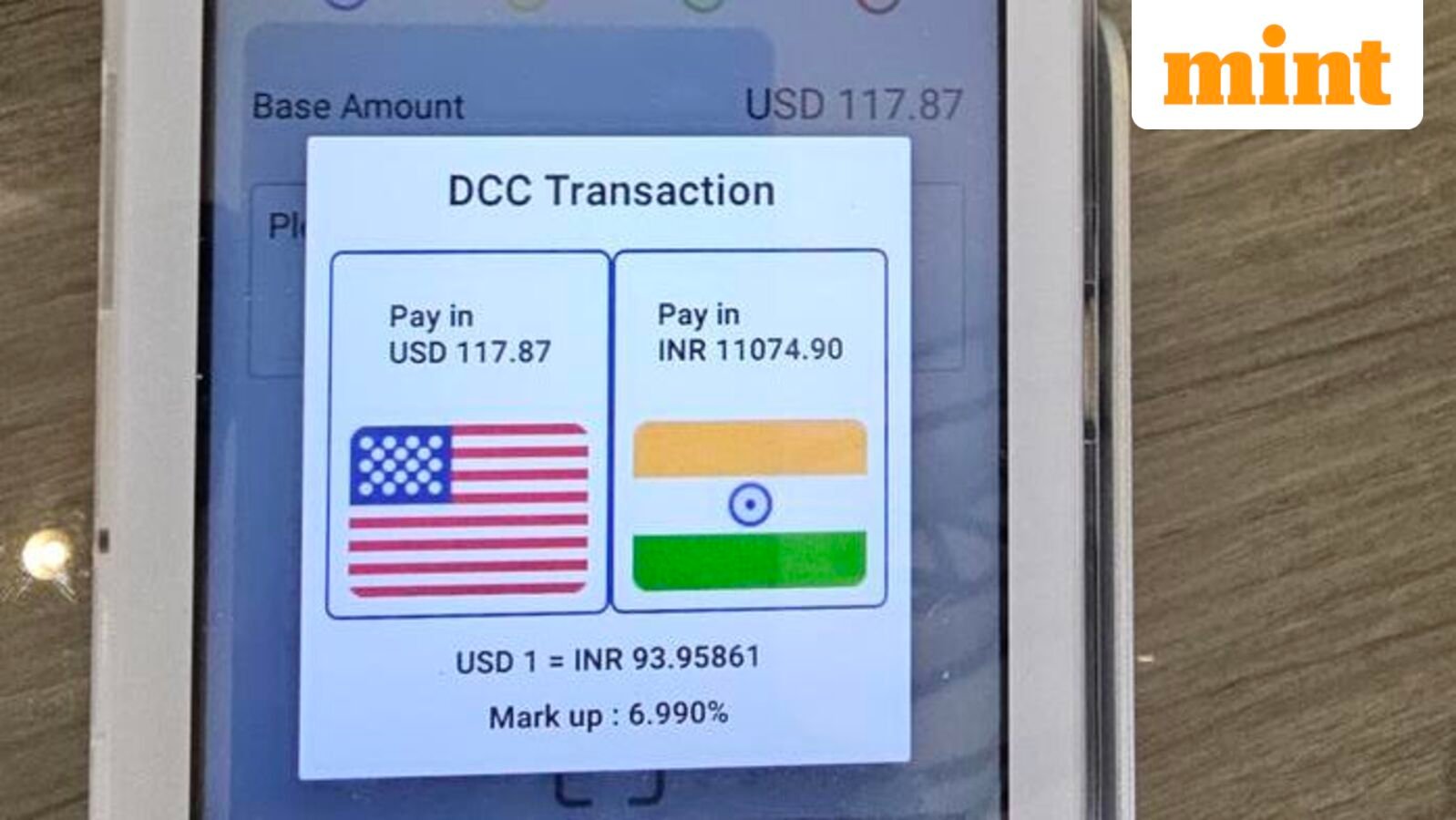However, while not negligible, these advances remain quite small when compared with the ubiquity of the US dollar, which is used in around 90 per cent of foreign exchange transactions around the world, according to the Bank for International Settlements.
Nonetheless, a growing number of countries have been dumping their US Treasury bills, increasing their gold reserves and settling bilateral trade in local currencies.
In March, the yuan became the most widely used currency for cross-border transactions in China, overtaking the dollar for the first time. And the official data reflects the fruits of Beijing’s efforts.
But who is leading the charge by using the yuan to pay for oil, gas and even a nuclear power plant?
1. Russia
Rory Green, chief China economist at London-based research firm TS Lombard, estimated that offshore-yuan use in Russia jumped from less than 0.26 per cent in 2020 to 2.57 per cent as of January, making Moscow the fifth-biggest global foreign exchange trading hub after Hong Kong, Britain, Singapore and the United States.
Other Russian companies, including its top gold producer Polyus, have also started to borrow in yuan in the bond market.
2. Saudi Arabia
Reports in March suggested that Saudi Arabia was considering accepting the yuan instead of US dollars for oil sales.
Xi said that the Shanghai Petroleum and Natural Gas Exchange platform will be fully utilised for yuan settlement in oil and gas trading.
3. Argentina
Economy Minister Sergio Massa confirmed that Argentina, following a meeting with Chinese ambassador Zou Xiaoli and companies from various sectors, had “activated the swap with China”.
Argentina was, Massa added, using the yuan to pay for US$1.04 billion worth of Chinese imports in April, rather than US dollars, and is targeting US$790 million worth of goods per month from May.
“The decision to lean toward the yuan, by the third-largest economy in Latin America, will surely form a strong push for the yuan’s internationalisation,” economists at Natixis said in late April. “But the move is more likely driven by the dynamics of the Argentine central bank’s balance sheet, where the dollar is in short supply while the yuan is more accessible.”
In January, the People’s Bank of China expanded its currency-swap agreement with Argentina by 35 billion yuan (US$5 billion) to 165 billion yuan.
4. Brazil
Brazil’s yuan-denominated foreign-exchange assets reached a high of 5.37 per cent of the total by the end of 2022, surpassing euro assets to be the second-largest.
“I’m thinking about the same question every night: why should all countries use US dollars for settlements and not the yuan or other international currencies,” he was quoted as saying by Chinese media group The Paper, citing a translation of his speech made in Portuguese.
Brazil is China’s tenth-largest trading partner, with the value of bilateral trade rising by 4.9 per cent to US$171.5 billion last year, according to Chinese customs data.
Schalka said that China’s currency is growing in importance, and that smaller customers there are requiring deals linked to the yuan.
5. Bangladesh
Bangladesh and Russia agreed to use the yuan to settle payment for a nuclear plant that Moscow is building in the South Asian country, a Bangladeshi government official was quoted as saying in April.
Russia had wanted the payment to be made in roubles, “but that’s not possible for us”, said Uttam Kumar Karmaker, a senior official with the Bangladesh Ministry of Finance, according to Reuters.
6. Pakistan
Pakistan may start using the yuan to buy Russian crude oil, with a test cargo of 750,000 barrels set to arrive in the first week of June.
The Pakistan-based News International, a prominent English-language daily, on May 5 cited an unnamed senior official with the energy ministry as saying: “Pakistan will pay the price of crude most probably in China’s currency, the yuan, and the Bank of China may play its role for transactions”, without providing further details.
7. Iraq
Mudhir Salih, an economic adviser for the government, said it marked the first time that imports would be financed from China in yuan, after having previously relied on only the US dollar.
But the move by Iraq’s central bank will not include its oil trade, according to Salih, who was quoted by Reuters.
8. Thailand
The Bangkok Post reported in late April that, according to central bank governor Sethaput Suthiwartnarueput, the Bank of Thailand and the People’s Bank of China have held talks over additional cooperation to encourage businesses to use yuan-baht settlement for trade between the two countries.
China and Thailand renewed their yuan-baht Bilateral Currency Swap Arrangement in January 2021, the newspaper reported.
The arrangement is aimed at boosting trade and investment in local currencies and strengthening financial cooperation between the two countries.








